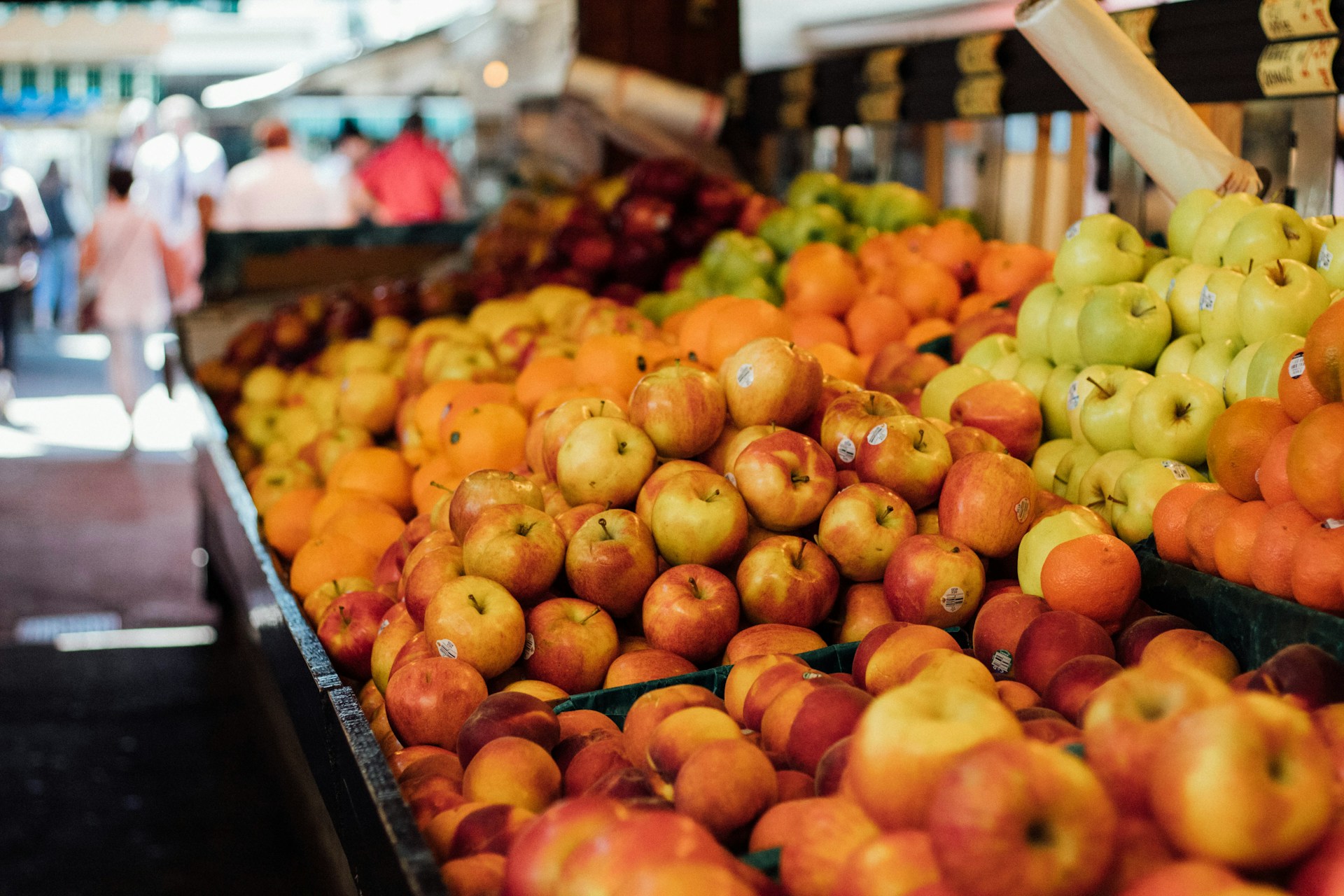Cryptocurrency payments are making waves in the financial world, but their potential for transforming agriculture might be one of the most exciting developments. For farmers and consumers, cryptocurrency offers benefits that traditional payment methods simply can’t match—namely, reduced fees, faster transactions, and increased financial inclusion.
For farmers, especially those in developing countries, getting paid promptly and fairly for their work is a constant challenge. With traditional bank transfers, international payments can take days or even weeks, with processing fees cutting into the farmer’s profit. Cryptocurrency payments, however, are near-instant and often come with minimal transaction fees, enabling farmers to keep more of what they earn. For a coffee farmer in a remote area, being paid directly in cryptocurrency means bypassing multiple intermediaries, who would typically take a cut of the payment. By receiving payments instantly, farmers also have better cash flow, allowing them to reinvest in their farms, buy better seeds, or upgrade equipment more quickly.
Cryptocurrency also opens doors for small-scale farmers who may not have access to traditional banking systems. Many farmers in rural areas lack a bank account, making it difficult to access financial services. However, with a smartphone and internet connection, they can create a digital wallet to receive payments directly, giving them access to a global market. This financial inclusion is significant because it allows farmers to participate in the global economy without the limitations of local banking infrastructure.
For consumers, cryptocurrency payments offer a more transparent and direct way to support ethical and sustainable agricultural practices. Consumers who care about fair trade and sustainability can use cryptocurrency to buy directly from farmers or cooperatives, ensuring their payment reaches the producer without dilution from middlemen. This transparency allows consumers to make more informed choices and feel confident that their money is going directly to the source.
Cryptocurrency payments can also create a new level of accountability in the agricultural sector. With blockchain technology, every transaction is recorded on a public ledger, making it easy to trace a product’s journey from farm to table. This transparency empowers both farmers and consumers by providing verified information about a product’s origin, the farming methods used, and the terms of each transaction. For a consumer buying organic coffee, knowing that their payment went straight to the farmer and verifying the product’s authenticity on the blockchain fosters a stronger, trust-based relationship.
Furthermore, cryptocurrency payments provide stability for farmers in regions with volatile local currencies. By accepting payments in a stable cryptocurrency or converting their earnings into a stablecoin, farmers can protect themselves from inflation and currency devaluation. This stability is essential for budgeting and long-term planning, giving farmers the confidence to invest in sustainable practices and grow their operations.
Of course, there are challenges to widespread adoption of cryptocurrency payments, such as internet access, volatility in certain cryptocurrencies, and education on how to use digital wallets. But as digital literacy and access to technology improve, these barriers will become less of an obstacle.
